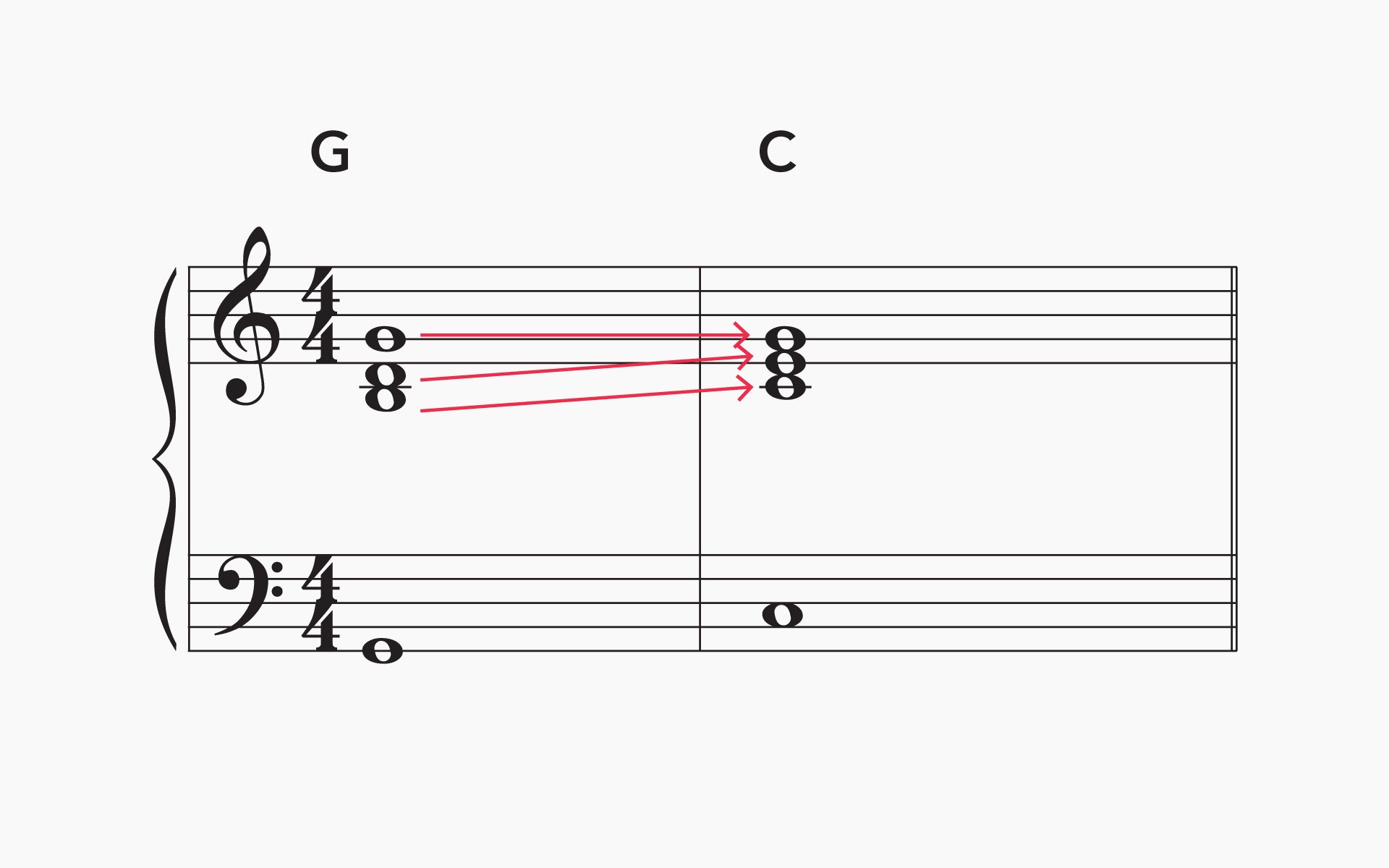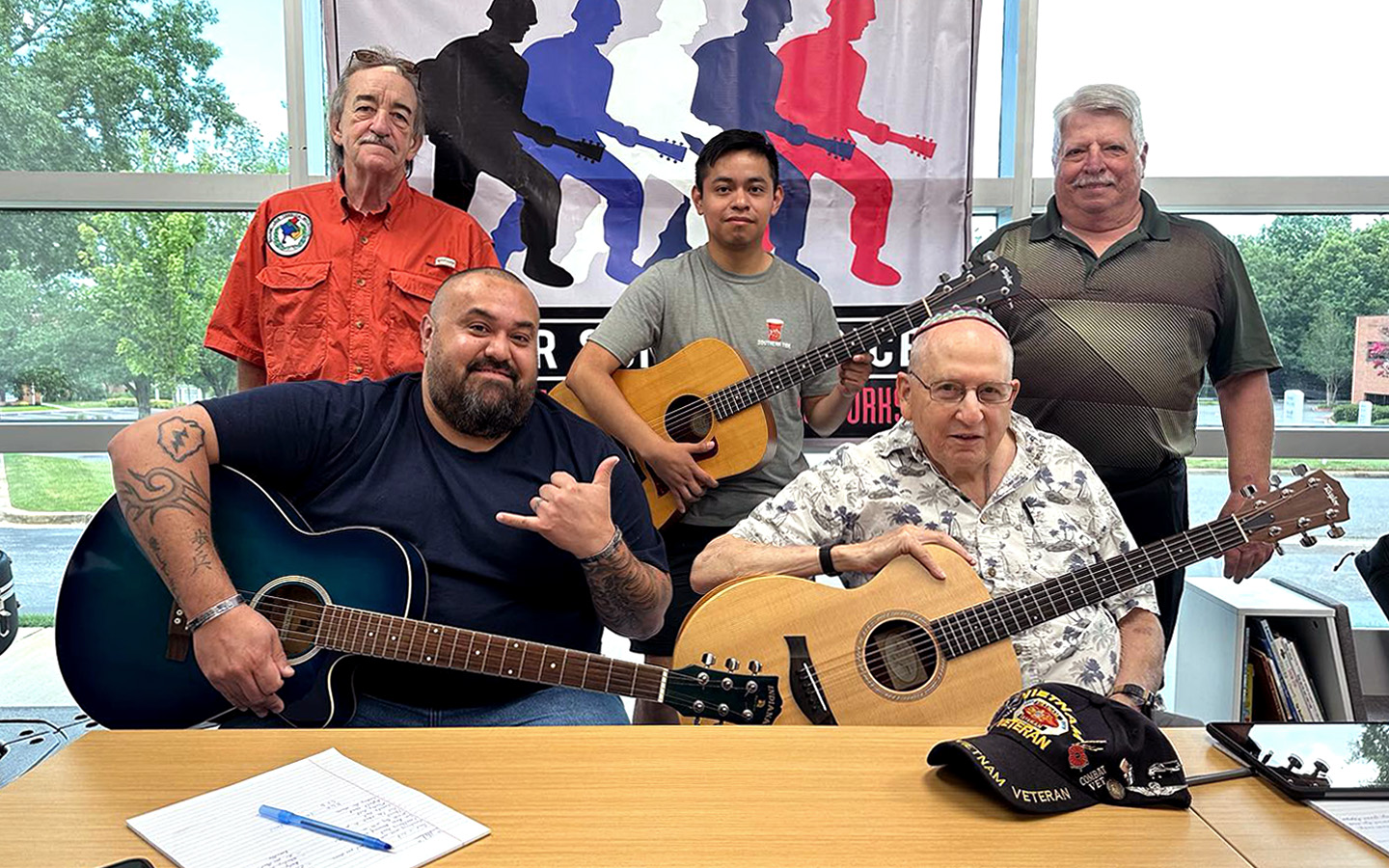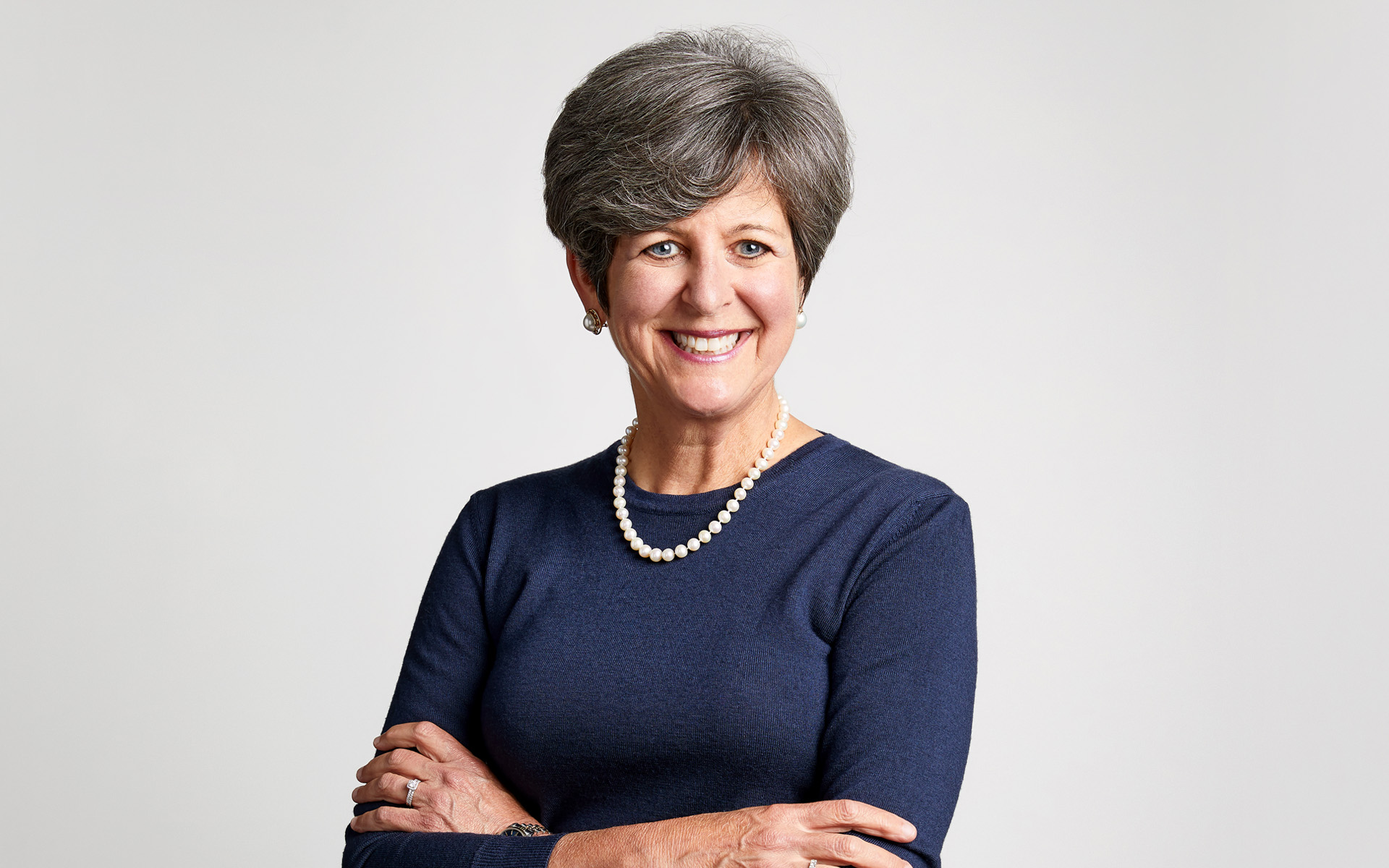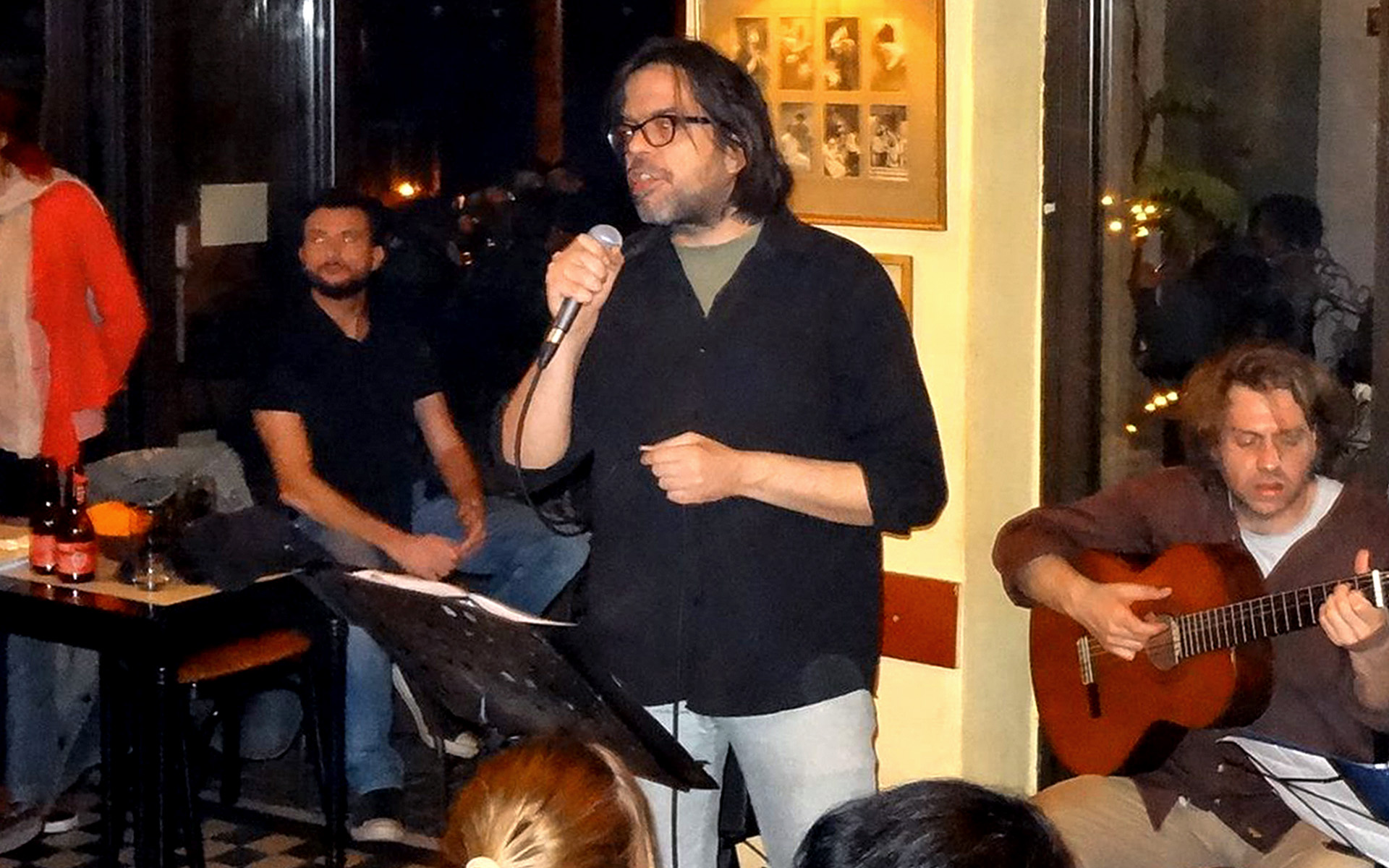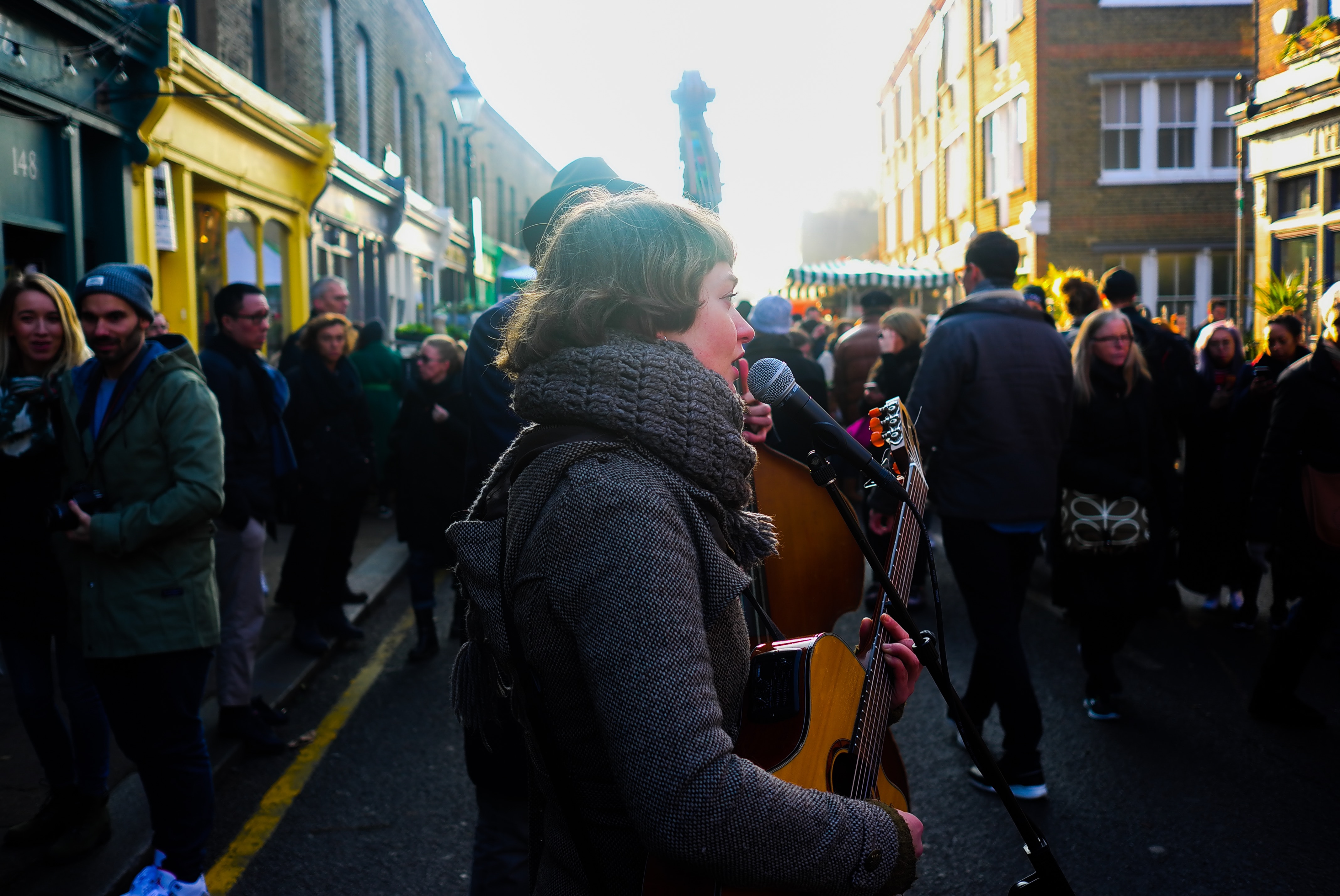The following information on voice leading is excerpted from the Berklee Online courses Harmony 2, written by George Russell, Jr. and Steven Kirby; Music Application and Theory, written by Eunmi Shim; and Music Theory 101, written by Paul Schmeling. All three courses are currently enrolling.
What is Voice Leading?
Voice leading is the practice of smoothly transitioning from one chord to another using a minimum amount of movement in the process. Each note in a chord is a “voice.” Each voice creates a melodic line which threads through the changing harmony. Voice leading guidelines help each voice move as smoothly and economically from note to note as possible while creating the desired harmonic changes. Let’s take a look at what those guidelines are:
Voice Leading Rules
- Keep common tones (notes present in both chords) in the same voice.
- Move remaining voices by step if possible.
- Move no single voice more than a 3rd.
- Change register during chord duration or at the start of a new phrase only.
Guide Tones
Guide tones are the two most harmonically descriptive chord tones in a structure beyond the root.
For triads, the guide tones are 3 and 5. This could be represented by a three-part system with root in the bass and 3 and 5 in the upper staff harmonic layer, thus producing a complete harmonic “sound picture” of the chord.
Guide tones, with voice leading, for triads:

Conjunct vs. Disjunct
Let’s take a look at some terms. In music theory, the term conjunct refers to stepwise motion in melody, which happens when notes move by step (whole or half), while disjunct refers to melodic motion of a skip, describing notes that move by a 3rd or a larger interval.
Voices: Soprano, Alto, Tenor, and Bass
The term voice refers to a melodic line as part of a harmonic progression. Although the term implies singing, it can be either sung or played by an instrument. The standard four-part harmony consists of four voices: soprano, alto, tenor, and bass, often abbreviated as SATB, according to their range from the top to the bottom. Please note that in voice leading, the term bass indicates the lowest-sounding voice.
Creating Smooth Chord Movement
The term voice leading (also called part writing) refers to connecting chords so that the chord tones in one chord connect smoothly to the chord tones in the next chord. What we are trying to do is to lead each voice to the next chord’s voice in a way that is melodic and also easy to sing or play. When we say smooth, it means that the movement between the notes will largely involve repeated notes (meaning no motion), stepwise motion, or a skip by a 3rd (major or minor) at most.
Watch this introductory video about voice leading by Professor George Russell, Jr.
Example 1
Let’s look at the chord progression of I IV V I as an example. In the following example in C major, each chord consists of three notes, so there are three voices. For now, let’s call the top part soprano, the middle part alto, and the bottom part tenor, because we will be adding the bass voice later.
In the following example in C major, each chord consists of three notes, so there are three voices. For now, let’s call the top part soprano, the middle part alto, and the bottom part tenor, because we will be adding the bass voice later.
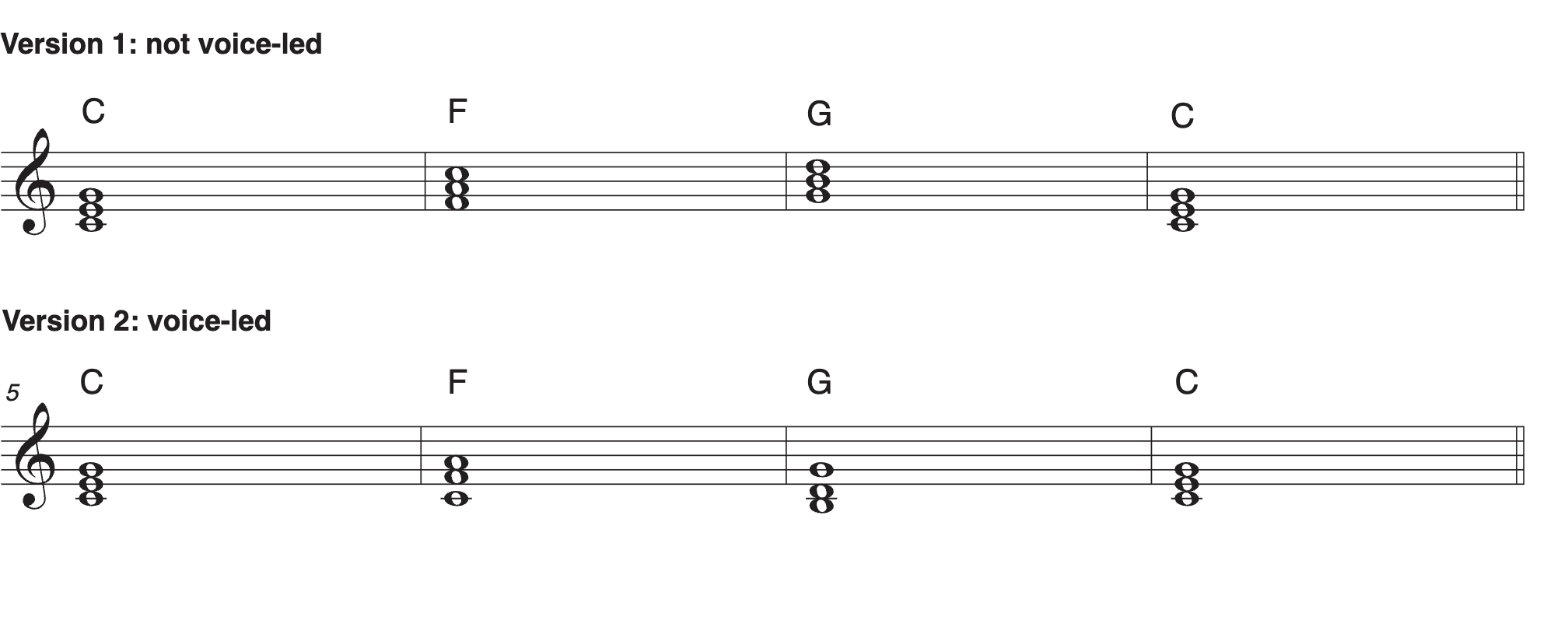
Notice that the example shows the same progression in two different ways: the second version (measures 5-8) is voice-led, and the first (measures 1-4) is not.
Version 1: Not Voice-Led
In the first version, which is not voice-led, all chords are in root position and the progression sounds disjointed, because the notes in each voice jump around. For example, in the soprano, G up to C is a 4th, and D down to G is a 5th.
- Soprano: G C D G
- Alto: E A B E
- Tenor: C F G C
STUDY MUSIC THEORY ONLINE WITH BERKLEE
Version 2: Voice-Led
The second version (measures 5-8), in contrast, sounds much smoother, although it consists of the same chords. Can you explain why? If you sing each voice, you will notice that it does not jump around. Here is how each voice moves in the voice-led example.
- Soprano: G A G G
- Alto: E F D E
- Tenor: C C B C
Imagine playing this chord progression on a keyboard with one hand. In the first version, the chords jump around, so your hand will need to jump around as well. In the second version, in contrast, the chords are connected to each other more smoothly, so that your hand does not need to move much.
Example 2
In the following example, the lines show the big leaps between the notes in each voice in the first version. Notice that some notes are a 4th or a 5th apart, as the notes jump around.

In the voice-led version, in contrast, the notes in each voice move smoothly, only up to a 3rd, as shown below. Some of the notes do not move at all, because the same note is shared by two chords, which is called a common tone. In this example, the common tone between the first two chords is C; between the last two chords, it is G.

Let’s explore it further. In the voice-led version, are all triads in root position? No, because the F major and G major triads are inverted, as shown below.

Common Tone
This shows that voice leading can be a result of placing chords in various positions, which can make the movement between the chords smoother. In particular, the concept of the common tone, the same note shared by two chords, is very important, because if you repeat the common tone in the same voice, there is no movement, which is the smoothest way of voice leading.
When two successive chords do not have a common tone, as in an F major triad moving to a G major triad, there are two possible voice leadings. When the voice leading is parallel, all voices—including the bass—move together in the same direction by the same interval. This type of voice leading is common in pop, rock, and jazz styles. When the chord moves in contrary motion to the bass, we avoid the parallelism by moving in the opposite direction. This type of voice leading is the more traditional one, used in many classical music styles.
Example 3
The next example shows the voice-led version with each voice written on a separate staff. Because each voice forms a melodic line, there are three separate melodic lines, each moving smoothly.
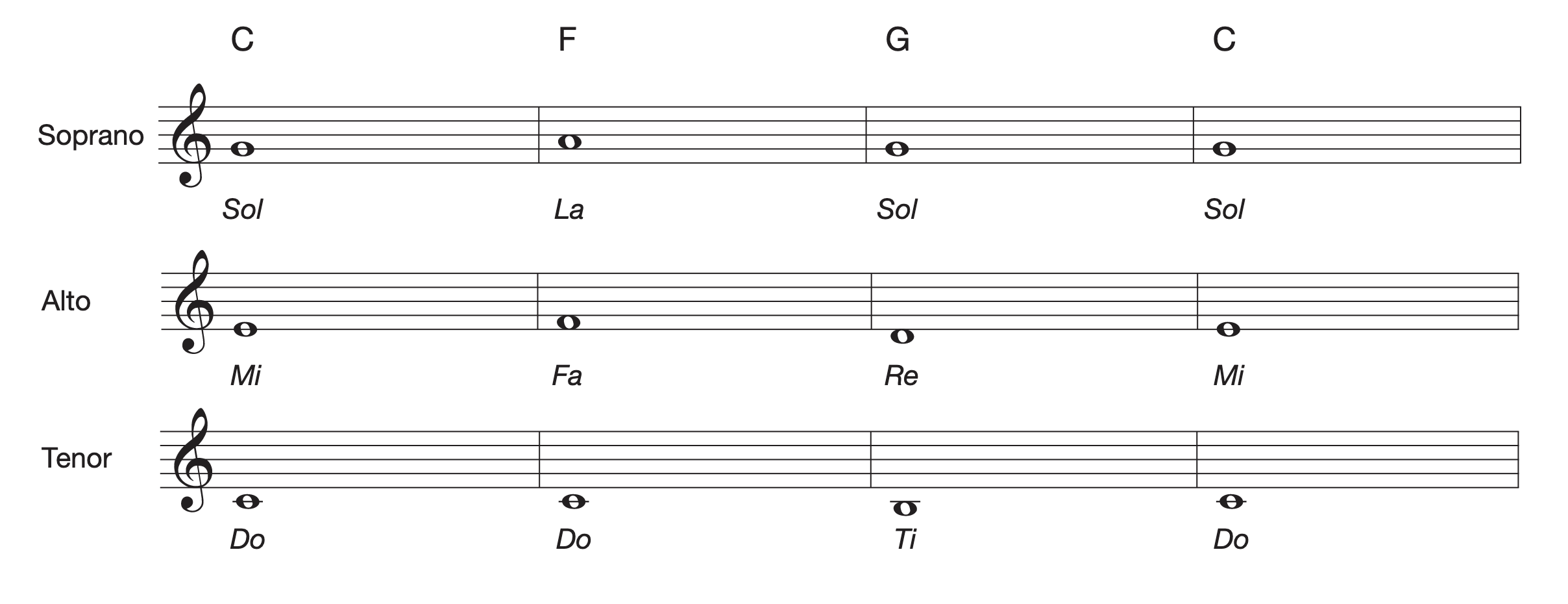
This is a fascinating aspect of harmony: a series of chords, vertical structures in themselves, can produce linear melodic lines through effective voice leading. Because of the smooth motion, effective voice leading will make it easy to sing the notes or play the chords on a keyboard.
Four-Part Harmony
Let’s explore voice leading further by looking at four-part harmony. So far in this section, we have looked at only three voices: soprano, alto, and tenor. Now we will add the bass to the same chord progression.
We have already learned about doubling a chord tone; because a triad contains only three notes, one of the chord tones will be duplicated when it is distributed among four voices. Most commonly, the root is doubled, especially when the chord is in root position, since it is the most stable chord tone. In this course, all chords written in four parts are in root position, so the bass will contain only the root of each chord, which is doubled in an upper voice.
This example shows the chord progression written in four parts on a grand staff.

Three-Way Close Voicing with Independent Bass
In traditional music theory, standard four-part harmony is notated on a grand staff with the soprano and the alto written on the upper staff, and the tenor and the bass on the lower staff. In Berklee harmony, chords are notated differently in that the upper staff contains three voices, while the lower staff contains only the bass. This type of arrangement is called three-way close voicing with independent bass.
Notice that the three parts in the treble are closely spaced and span less than an octave, which is why the term “close” is used. The bass, in contrast, moves by skips of 4th and 5th, instead of smooth voice leading, which is why it is called “independent” in this arrangement. As the harmonic foundation, the bass has a wider range of disjunct motion than the upper voices, and can leap around more freely.
For 7th, 6th, and 7sus4 chords (four-note harmonic structures), the guide tones are the two non-root chord tones, which remain after eliminating the 5th. It turns out that typically the inner ear can “hear” a phantom 5th in a chord that does not include it. Because of this we can afford to omit the 5th and still get a functionally full chordal sound.
Guide tones for typical four-note chordal structures are:
- 7th chords = 3rd and 7th
- 7sus4 = 4th and 7th
- 6th chords = 3 and 6th
Guide tones, voice led, for four-note chordal structures (7th chords mostly):

Three-way close is a four-part system consisting of three voices above an independent bass. When used with triads, the root is in the bass and the upper three voices express all three notes of the triad (1, 3, 5).
Three-way close triads with voice leading:

When used with 7th chords, the bass clef again contains the root while the voices in the treble clef (upper staff) express the remaining chord tones (3, 5, 7) and no root.
‘Move No Single Voice More Than a 3rd’
You’ll notice that in the guidelines for contemporary voice leading the directive “move no single voice more than a 3rd” does generally allow for two voice leading pathways. One which moves as little as possible and the other which moves some voices a bit more but still doesn’t violate guideline number 3 (“move no single voice more than a 3rd”). There are two possible ways to use the guidelines:
- Favor keeping common tones (and parallel motion between chords a step apart) as in the example above.
- Sacrifice the smallest interval movements to an alternative voice leading solution which, in the example below, creates contrary motion between the soprano and bass parts. This is useful when you want to move voices downward and/or to avoid conflicts with the melody.

Both approaches create a smooth voice-led texture, but for now, we’ll favor keeping common tones in the same voice and moving chords with root motion a step apart, in parallel as below.
Three-way close applies to 7th chords by putting the root in the bass and including the remaining chord tones in the upper harmonic layer staff, i.e., the 3, 5, 7 of a typical 7th chord.
Three-way close 7th chords:

Four-Way Close Voicings
To create a fuller sound we add a note to create four-way close voicings. Four-way close is similar to three-way close but adds a voice to become a five-part system with root in the bass and all four notes of a four-note structure (i.e.,1, 3, 5, 7 of a typical 7th chord) in the upper staff. Here’s what four-way close looks like using chord tones only and the primary rules of contemporary voice leading.

This doubled root note from the bass part in the upper harmonic layer means four-way close is an ideal way to utilize a technique called tension substitution. This is because we can replace the doubled root with an available tension which is nearby, the 9th.
You can learn more about this in Berklee Online’s Harmony 2 course, but for now, you have a good enough understanding of voice leading to practice on your own and see where it takes your composition process.





